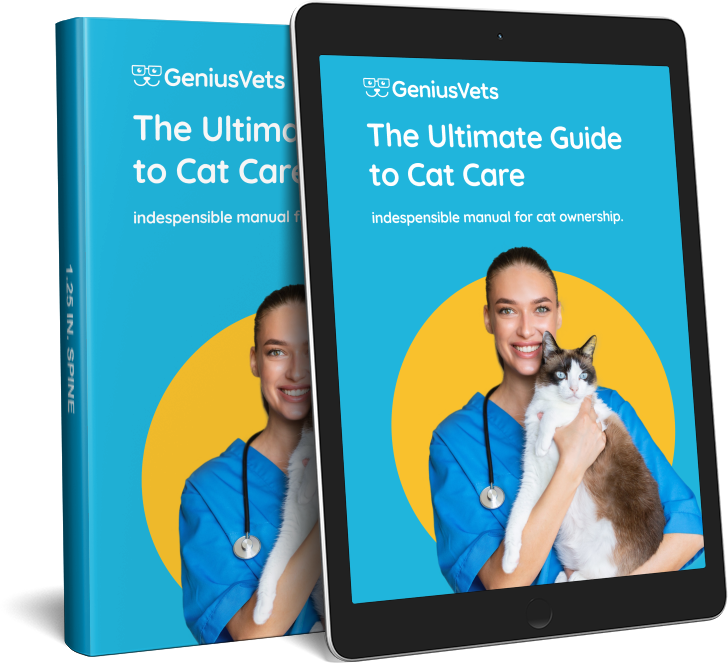Transitioning your cat from dry to canned food can be a challenging but crucial step toward their optimal health. Cats often resist changes in their diet, especially if they have been accustomed to dry food. With patience, persistence, and the right techniques, you can successfully make this transition for the well-being of your feline companion. Here’s a comprehensive guide to help you through the process:
Understanding the Challenge
- Cats are often addicted to dry food due to enticing coatings and crunchy textures.
- Transitioning requires time, patience, and various methods.
- Establishing set mealtimes is essential; free-feeding dry food hampers the transition process.
For Cats Open to Change
- Gradually increase canned food while decreasing dry food over a week.
- Monitor stools; soft stools are common initially.
- Average cats need 180-220 calories per day, split into 3-4 meals if not overweight.
- Adjust portions based on weight and activity level.
For Stubborn Cats
- Stop Free-Feeding: Establish scheduled mealtimes. Cats don’t need food available 24/7.
- Use Hunger: Allow your cat to experience hunger; avoid long food withholding, risking hepatic lipidosis.
- Track Calories: Ensure your cat consumes at least 15 calories per pound per day to prevent malnutrition.
- Monitor Weight: Periodically weigh your cat; rapid weight loss indicates potential health issues.
- Be Patient: Expect frustration and wastage; remain determined and patient.
- Engage Your Cat: Exercise with toys before mealtimes stimulates appetite.
- Manage Smell: Store dry food properly to prevent enticing smells.
Tricks and Treats
- Sprinkle tuna or parmesan on canned food.
- Use FortiFlora or Temptations treats as flavor enhancers.
- Experiment with different canned food brands and textures.
- Try soaking dry food briefly for texture change.
- Rub a small amount of canned food on your cat’s gums or paws.
Syringe-Feeding (If Necessary)
- Use a small syringe for gentle feeding, gradually introducing new textures.
- Consider human meat baby food as an alternative.
- Reserve syringe-feeding for short periods to avoid stress.
Stay Persistent and Observant
- Cats may take weeks or even months to transition fully.
- Monitor weight, behavior, and overall health during the process.
- Celebrate small victories, such as trying a new food texture.
Remember, every cat is different, and what works for one may not work for another. Stay committed, be patient, and adapt your approach based on your cat's responses. With time and persistence, your cat can successfully transition to a healthier, canned food diet, leading to a happier and healthier life.
Don't have a vet in your area yet? We can help you find a local veterinarian.
If you have more questions, the GeniusVets Telehealth platform will give you unlimited access to text and/or video calls with board-certified veterinarians! To learn more click here.


